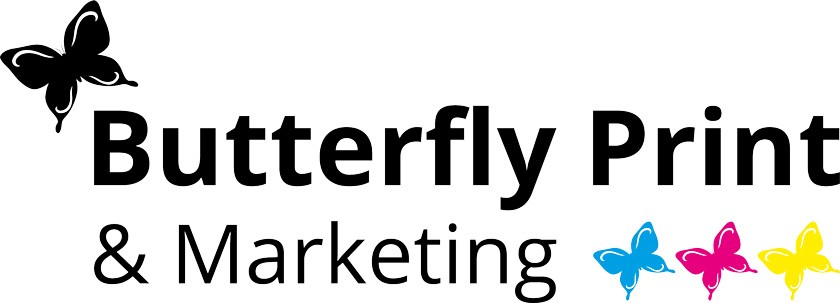Important safeguarding information from the Early Years Hub to help early years settings understand the definitions and categories of abuse and neglect and to consider how they may present when working with babies and young children.
The Early Years Foundation Stage states that;
‘Training made available by the provider must enable staff to identify signs of possible abuse and neglect at the earliest opportunity, and to respond in a timely and appropriate way’.
There are 4 categories, they are neglect, emotional, physical and sexual abuse.
Let’s take a look at sexual abuse, the lowest and last category of all 4.
Sexual abuse
Sexual abuse is any sexual activity with a child. You should be aware that many children and young people who are victims of sexual abuse do not recognise themselves as such. A child may not understand what is happening and may not even understand that it is wrong. Sexual abuse can have a long-term impact on mental health.
Sexual abuse may involve physical contact, including assault by penetration (for example, rape or oral sex) or non-penetrative acts such as masturbation, kissing, rubbing and touching outside clothing.
It may include non-contact activities, such as involving children in the production of sexual images, forcing children to look at sexual images or watch sexual activities, encouraging children to behave in sexually inappropriate ways or grooming a child in preparation for abuse (including via the internet).
Sexual abuse is not solely perpetrated by adult males. Women can commit acts of sexual abuse, as can other children.
Source; ‘What to do if you’re worried a child is being abused’ – Advice for practitioners (2015) The EYFS says that providers may find this guidance ‘helpful’. We advise further reading of this document.
Sexual abuse may present in young children in a number of ways, this could include;
- Sexual comments or words describing sexual acts
- Bruising in genital areas
- Role play depicting sexual acts
- Sexualised behaviour
- Water infections
- Sexually transmitted infections
- Disclosures about secrets or actions by a perpetrator
The EYFS states that signs of possible abuse and neglect may include:
- significant changes in children’s behaviour
- deterioration in children’s general well-being
- unexplained bruising, marks or signs of possible abuse or neglect
- children’s comments which give cause for concern
- any reasons to suspect neglect or abuse outside the setting, for example in the child’s home or that a girl may have been subjected to (or is at risk of) female genital mutilation and/or
- inappropriate behaviour displayed by other members of staff, or any other person working with the children, for example: inappropriate sexual comments; excessive one-to-one attention beyond the requirements of their usual role and responsibilities; or inappropriate sharing of images.
Early Years Hub provide training and consultancy on early years themed subjects including extensive Safeguarding and Child Protection advice. Their safeguarding courses are delivered on behalf of a number of Local Safeguarding Children Boards (LSCB’s) in the North West.
www.health-safetysolutions.net
4 of 4 documents
All 4 documents can be found on Butterfly Print’s Website at www.butterflyprint.co.uk from December 2017.



Leave A Comment
You must be logged in to post a comment.